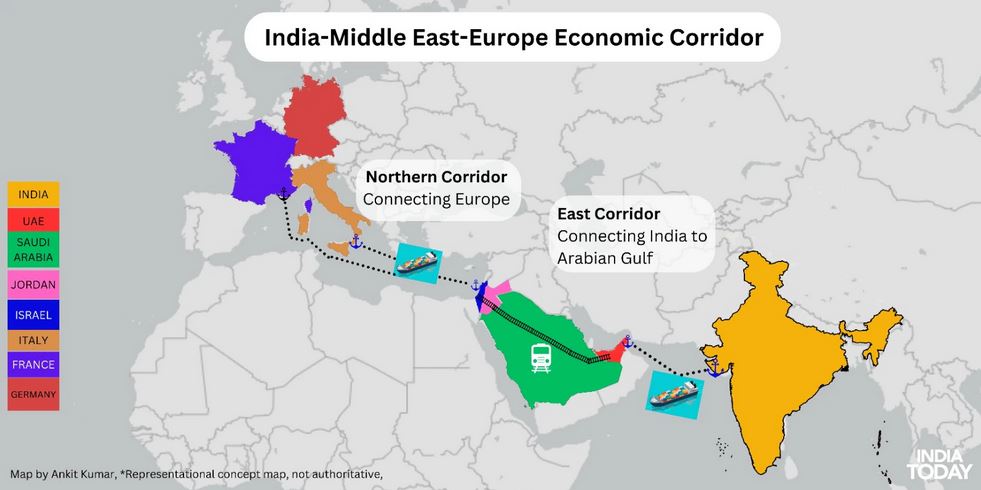
Introduction: A New Era of Connectivity
In a landmark development, the India-Middle East-Europe Economic Corridor (IMEC) has been hailed by the United States and Italy as a transformative initiative poised to reshape global trade, energy, and digital connectivity. Announced during the G20 summit in New Delhi in September 2023, this ambitious project aims to establish a seamless network linking India to the Middle East and Europe, fostering economic growth and regional integration.
Strategic Vision and Collaborative Effort
The IMEC is a collaborative endeavor involving key nations, including the United States, India, Saudi Arabia, the United Arab Emirates (UAE), France, Germany, Italy, and the European Union. The initiative comprises two primary corridors: the eastern corridor connecting India to the Arabian Gulf and the northern corridor linking the Arabian Gulf to Europe. This dual-route system is designed to facilitate efficient transportation of goods and services through an integrated network of railways, shipping routes, digital infrastructure, electricity cables, and clean hydrogen export pipelines.
Economic Implications and Global Impact
The IMEC is projected to significantly enhance trade efficiency by reducing travel time by up to 40%, thereby lowering transportation costs and boosting economic activities across the participating regions. European Union President Ursula von der Leyen emphasized that the corridor represents the “most direct connection between India, the Middle East, and Europe,” underscoring its potential to streamline global supply chains.
Energy and Digital Infrastructure Integration
Beyond facilitating trade, the IMEC aims to integrate energy and digital infrastructure across continents. The corridor plans to lay undersea cables and establish energy grids to expand reliable access to electricity and secure internet connectivity. Additionally, the initiative envisions the development of clean energy technologies and the creation of quality jobs, aligning with sustainable development goals.
Strategic Counterbalance to China’s Belt and Road Initiative
The IMEC is viewed as a strategic counterbalance to China’s Belt and Road Initiative (BRI), offering an alternative model for infrastructure development that emphasizes transparency, sustainability, and respect for sovereignty. The United States and its allies aim to provide emerging economies with infrastructure investments that promote economic independence and resilience.
Commitment to Sustainable and Inclusive Growth
The participating nations have committed to ensuring that the IMEC promotes sustainable and inclusive economic growth. The initiative seeks to unlock new investments from partners, including the private sector, and stimulate the creation of quality jobs. By enhancing connectivity, the IMEC aims to drive existing trade and manufacturing, strengthen food security, and improve supply chains across the regions.
Infrastructure Developments and Future Prospects
As part of the IMEC, India has approved the construction of a new deep-water port, Vadhavan, on its western coast near Mumbai. With an investment of $9.14 billion, the port is expected to handle “mega vessels” and facilitate a sea and rail link between India and Europe through the Middle East. The first phase of construction is projected to be completed by 2029, marking a significant step in enhancing India’s trade infrastructure.
Global Support and Future Outlook
The IMEC has garnered widespread support from the international community. The G7 summit in June 2024 reaffirmed its commitment to promoting concrete infrastructure initiatives like the IMEC, highlighting its potential to transform economic corridors through quality infrastructure and investment. With a Memorandum of Understanding in place, the participating nations are set to work collaboratively to develop the corridor, with detailed plans anticipated within the coming months.
Conclusion: A Vision for the Future
The India-Middle East-Europe Economic Corridor represents a bold vision for the future of global connectivity. By fostering collaboration among diverse nations and integrating trade, energy, and digital networks, the IMEC aims to create a more interconnected and prosperous world. As the project progresses, it holds the promise of unlocking new economic opportunities and strengthening ties between Asia, the Middle East, and Europe.

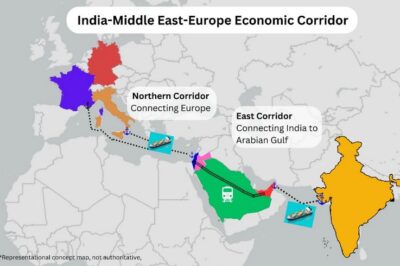





















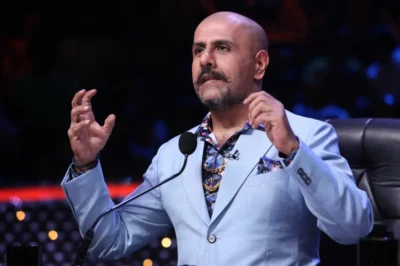









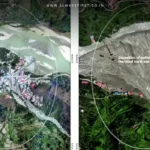




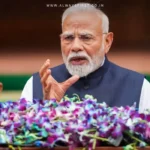


Leave a Reply